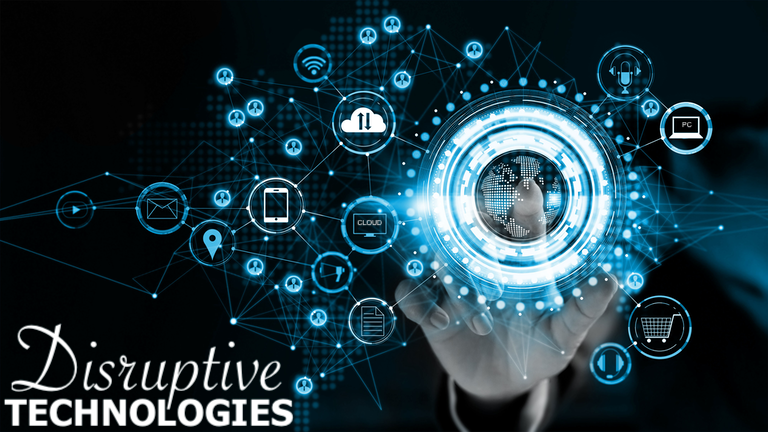Cloud computing is on the list of 12 disruptive technologies that may change the world. According to investopedia.com; Disruptive technology is an innovation that significantly alters the way that consumers, industries, or businesses operate. A disruptive technology sweeps away the systems or habits it replaces because it has attributes that are recognizably superior. Now the question, is cloud computing a disruptive technology?
The McKinsey Global Institute released a research report, announcing the next 12 disruptive technologies that may change lives, businesses, and the global economy.
These technologies are expected to bring economic benefits of US$14 trillion to US$33 trillion in 2025. The research report selects 12 technologies with economic benefits from 100 technologies, and then analyzes the possible applications of these technologies.
Also, it will note the value they can create, and ranks them in terms of economic benefits. The report estimates that global economic output in 2025 will be 100 trillion US dollars.
Let’s see what these Technologies are:
Name: Mobile Internet
The applied technologies include wireless technology, small, low-cost computing and storage equipment, advanced display technology, natural user interface, and advanced but low-cost batteries.
It can be used to improve labor productivity, remote monitoring system, and reduce the cost of treating chronic diseases. It is estimated that the mobile Internet will bring economic benefits of US$3.7 trillion to US$10.8 trillion in 2025.
Second place: Automation of knowledge work
For example, using intelligent software systems to replace humans to handle customer service calls. It is estimated that the technology can bring economic benefits of US$5.2 trillion to US$6.7 trillion.
Third place: Internet of Things
Embedded sensors in objects to monitor the flow of products in the factory.
Fourth place: cloud computing
Manufacturers can provide services through the Internet, and can also enhance the productivity of corporate information technology.
Fifth place: Robotics
In the future, robots will develop more sensitive, dexterous, and intelligent, and can perform tasks that were considered too detailed or uneconomical. If used in medicine, robotic surgery systems can reduce risks, and robotic prostheses can restore limb functions to amputees or the elderly.
Sixth place: Automatic or semi-automatic navigation and driving vehicles
In addition to convenience, it can also avoid serious traffic accidents and save 30,000 to 150,000 lives.
Seventh place: Next-generation genomics
Complete genome sequencing at a fast and low cost, and perform advanced analysis for synthetic biology, which can be used to treat diseases, develop agriculture, and produce high-value substances.
Other technologies ranked eight to twelve include energy storage, 3D printing, stronger and more conductive advanced materials, oil and gas exploration and discovery, and renewable energy.
Big Data is not listed as an independent technology in the report. McKinsey explained that Big Data is the cornerstone of many of these 12 technologies. Including automatic chemical make, robotics, genomics and ultimately big data use.
Topics related to Disruptive Technologies
- disruptive technology examples
- disruptive technology examples 2020
- list of disruptive technologies
- disruptive technology pdf download
- disruptive innovation examples 2021
- emerging and disruptive technologies
- disruptive innovation ppt
- disruptive innovation companies
The report calls for business leaders to continuously update organizational strategies while technology continues to evolve to ensure that the company remains forward-looking and use technology to enhance internal performance.
For enterprises, disruptive technology can reverse the market situation, create brand-new products and services, and bring new business opportunities. Decision makers can use advanced technology to deal with operational difficulties, such as using the Internet of Things to improve infrastructure management, or using the mobile Internet to create new education and training systems to make public services more efficient.







